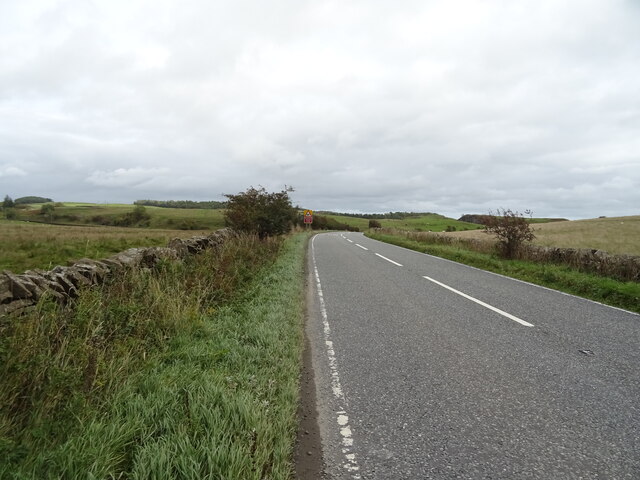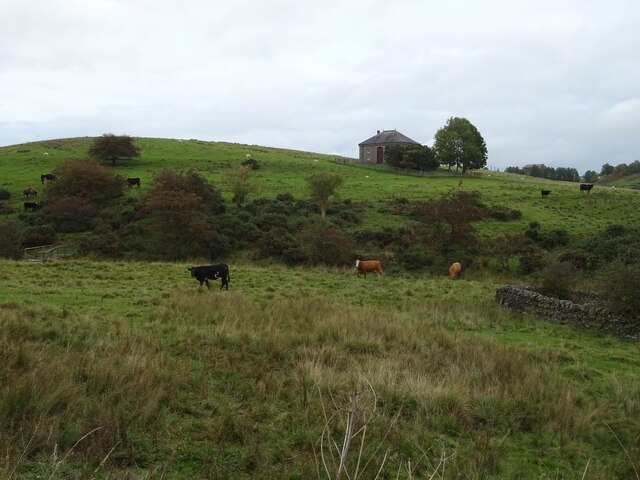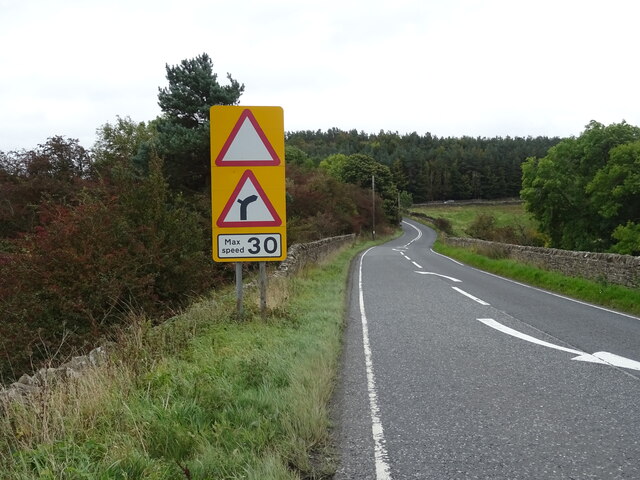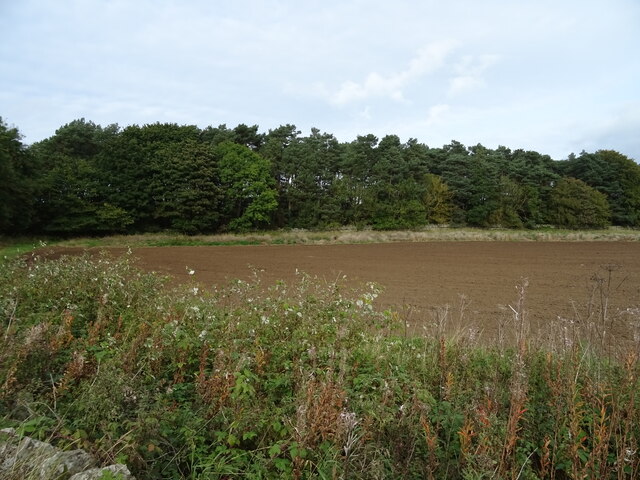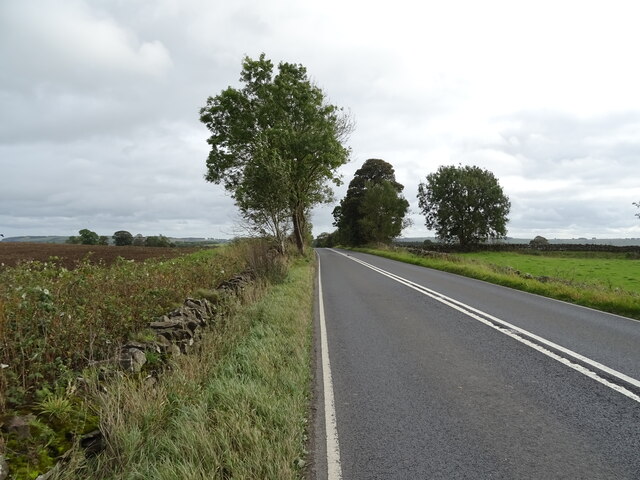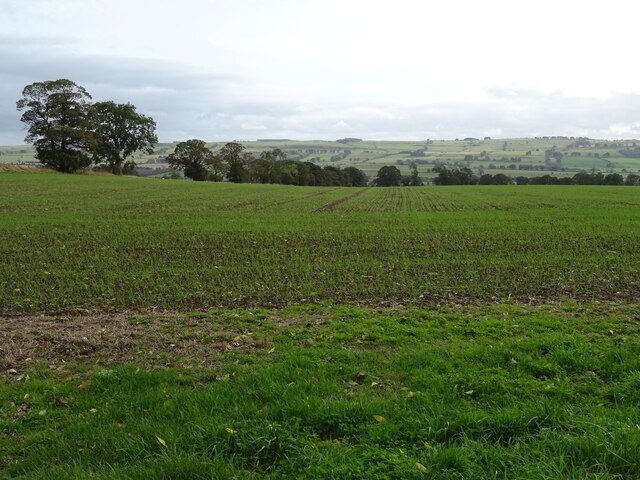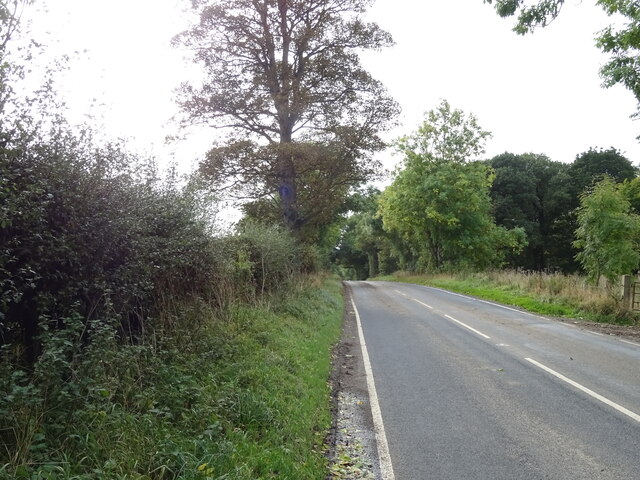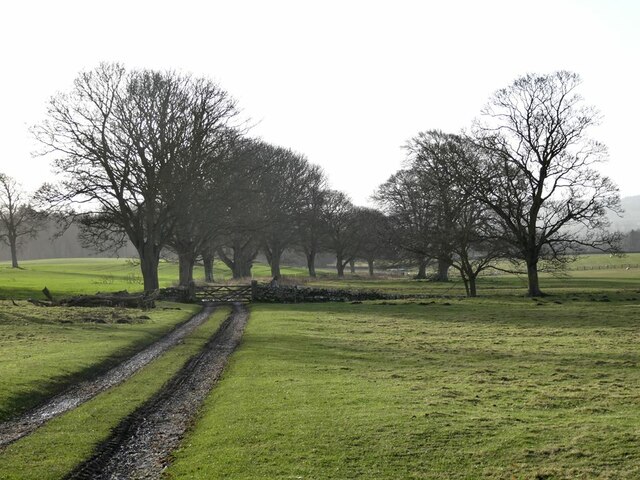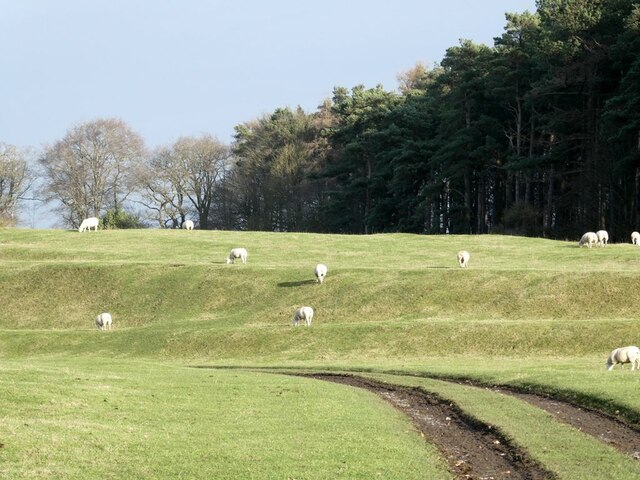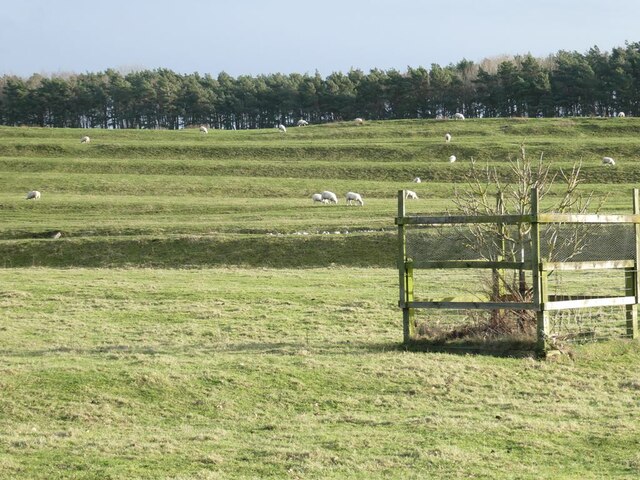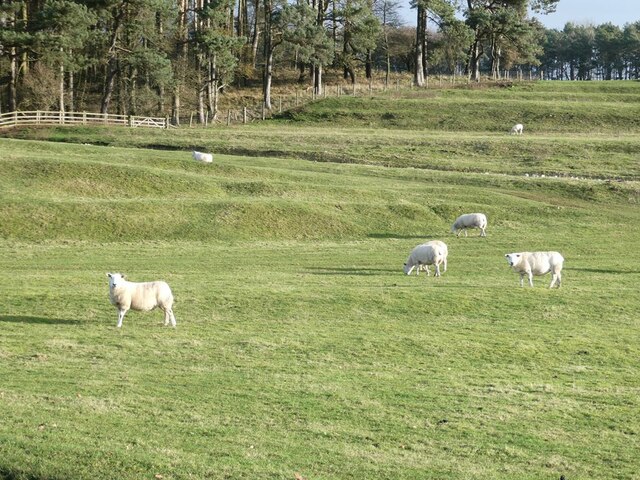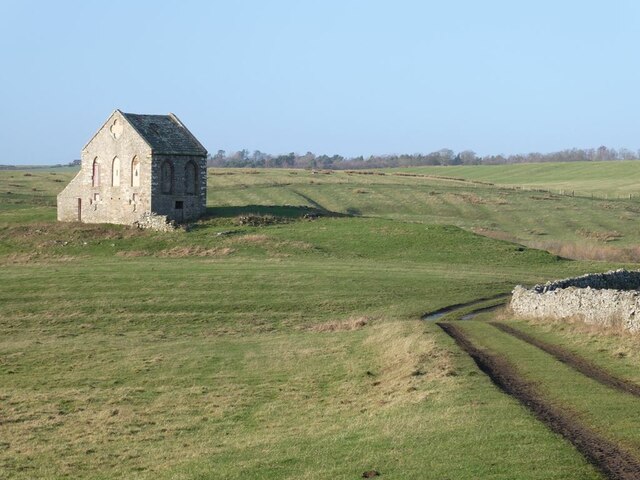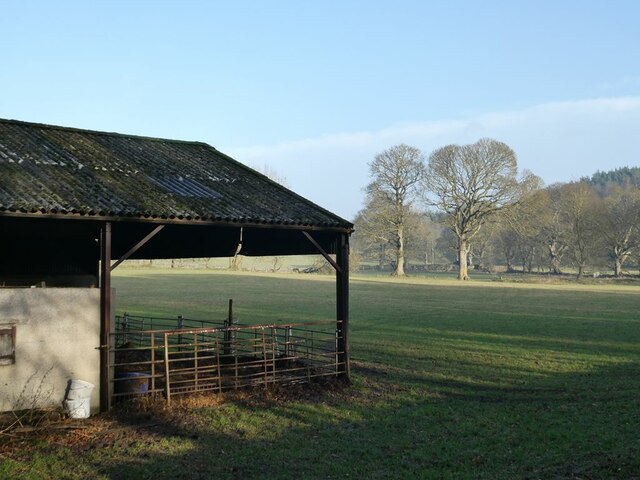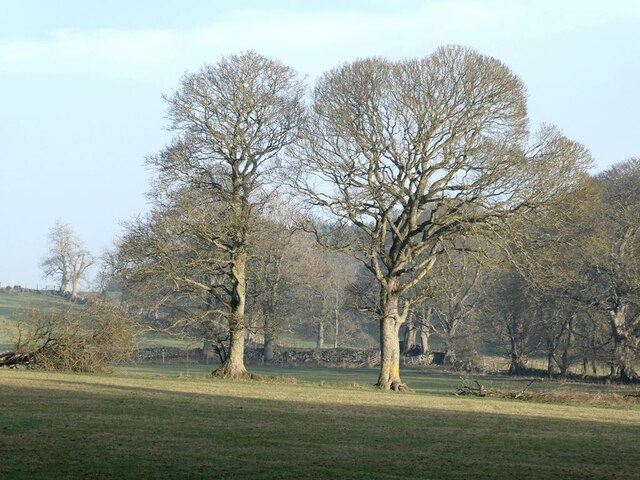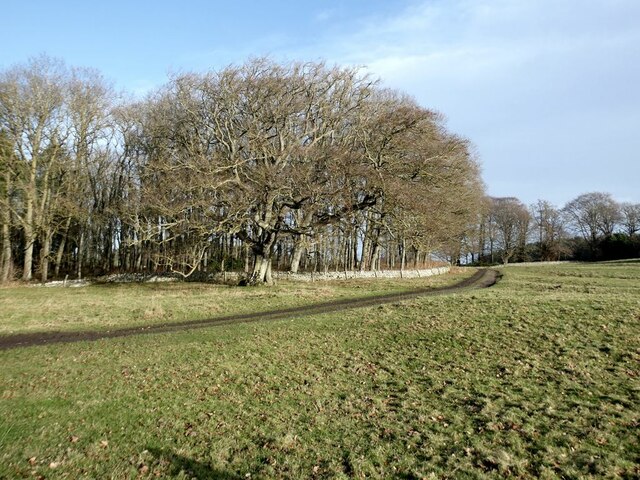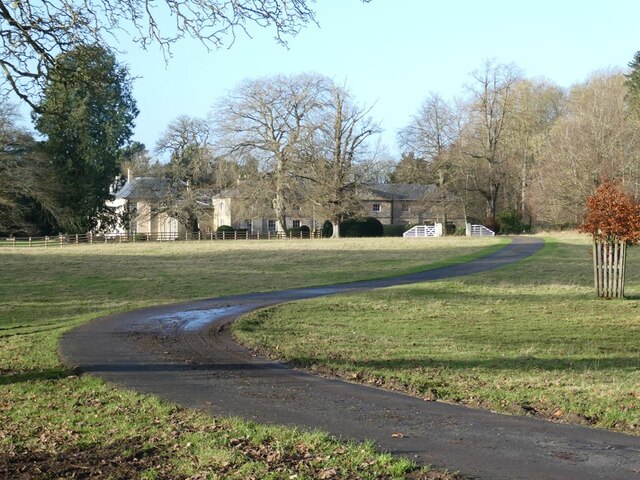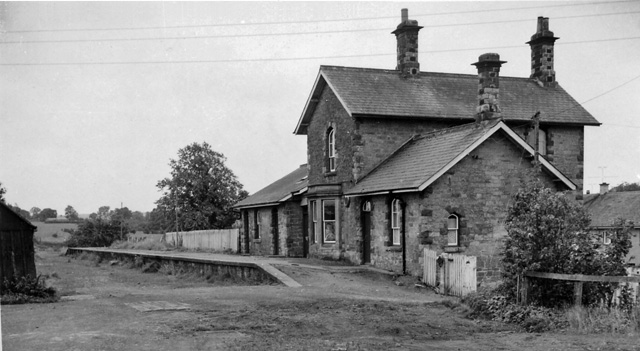Birdshaw Plantation
Wood, Forest in Northumberland
England
Birdshaw Plantation
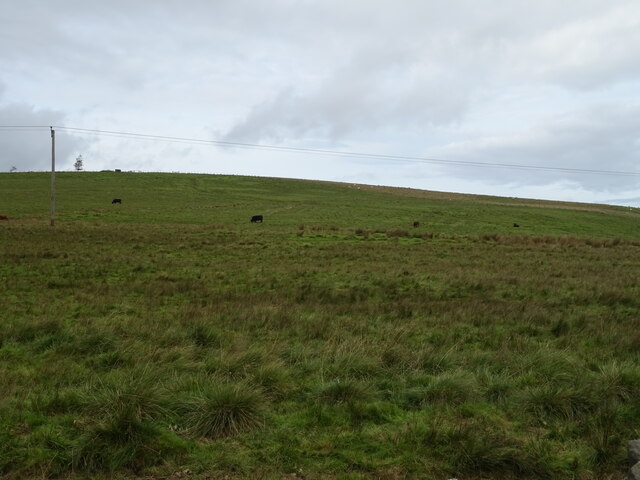
Birdshaw Plantation is a sprawling woodland located in Northumberland, England. Covering an area of approximately 100 hectares, it is nestled in the picturesque countryside and is renowned for its natural beauty and diverse flora and fauna.
The plantation primarily consists of a mixed woodland, with a variety of tree species including oak, beech, and birch. These majestic trees provide a dense canopy, creating a tranquil and shaded environment. The forest floor is carpeted with a rich undergrowth of ferns, mosses, and wildflowers, adding to the enchanting atmosphere.
Birdshaw Plantation is a haven for wildlife enthusiasts, as it supports a wide range of animal species. The woodland is home to mammals such as deer, foxes, and badgers, as well as numerous bird species including woodpeckers, owls, and songbirds. Visitors may also be lucky enough to spot reptiles like adders and grass snakes, or even rare insects like the purple emperor butterfly.
The plantation offers a network of well-maintained footpaths and trails, allowing visitors to explore the woodland at their own pace. Nature lovers can enjoy leisurely walks, birdwatching, or simply immerse themselves in the peaceful ambiance of this natural sanctuary. There are also designated picnic areas where visitors can relax and enjoy a meal amidst the beauty of the forest.
Birdshaw Plantation is not only a haven for wildlife and a popular destination for nature enthusiasts, but it also plays a vital role in preserving the local ecosystem. The woodland acts as a natural carbon sink, helping to mitigate the effects of climate change, and provides a valuable habitat for many threatened and endangered species.
If you have any feedback on the listing, please let us know in the comments section below.
Birdshaw Plantation Images
Images are sourced within 2km of 55.073681/-2.0926672 or Grid Reference NY9475. Thanks to Geograph Open Source API. All images are credited.
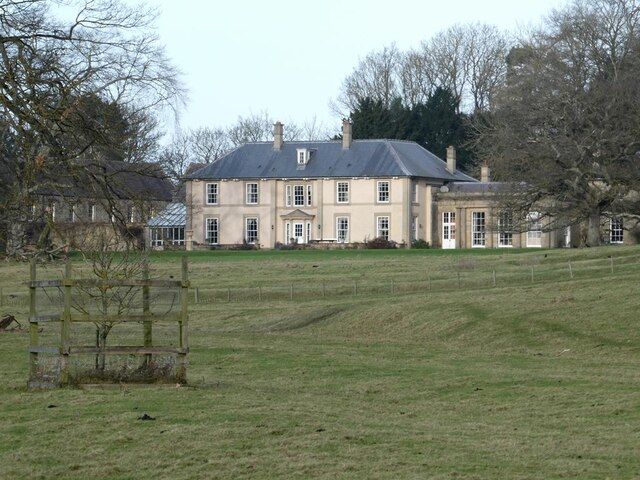
Birdshaw Plantation is located at Grid Ref: NY9475 (Lat: 55.073681, Lng: -2.0926672)
Unitary Authority: Northumberland
Police Authority: Northumbria
What 3 Words
///excusing.beeline.binders. Near Birtley, Northumberland
Nearby Locations
Related Wikis
Colwell, Northumberland
Colwell is a hamlet in Northumberland, England. It is about 12 miles (19 km) to the north of Hexham. == Governance == Colwell is in the parliamentary constituency...
Little Swinburne Reservoir
Little Swinburne Reservoir is a small reservoir in Northumberland, England less than 1 mile (1.6 km) northeast of the A68 road, and about 9 miles (14 km...
Dere Street
Dere Street or Deere Street is a modern designation of a Roman road which ran north from Eboracum (York), crossing the Stanegate at Corbridge (Hadrian...
Colt Crag Reservoir
Colt Crag Reservoir is a relatively shallow reservoir in Northumberland, England adjacent to the A68 road, and 9 miles (14 km) north of Corbridge. The...
Hallington Reservoirs
Hallington Reservoirs are located near the small village of Colwell, Northumberland, England on the B6342 road off the A68 road, and 7 miles (11 km) north...
Barrasford railway station
Barrasford railway station served the village of Barrasford, Northumberland, England from 1859 to 1958 on the Border Counties Railway. == History == The...
Chollerton
Chollerton is a village in Northumberland, England, on the A6079 road about six miles (10 km) to the north of Hexham, on the River North Tyne. Nearby villages...
Barrasford
Barrasford is a village in Northumberland, England. It is situated to the north of Hexham, on the North Tyne. Barrasford is an ancient village that lies...
Nearby Amenities
Located within 500m of 55.073681,-2.0926672Have you been to Birdshaw Plantation?
Leave your review of Birdshaw Plantation below (or comments, questions and feedback).
